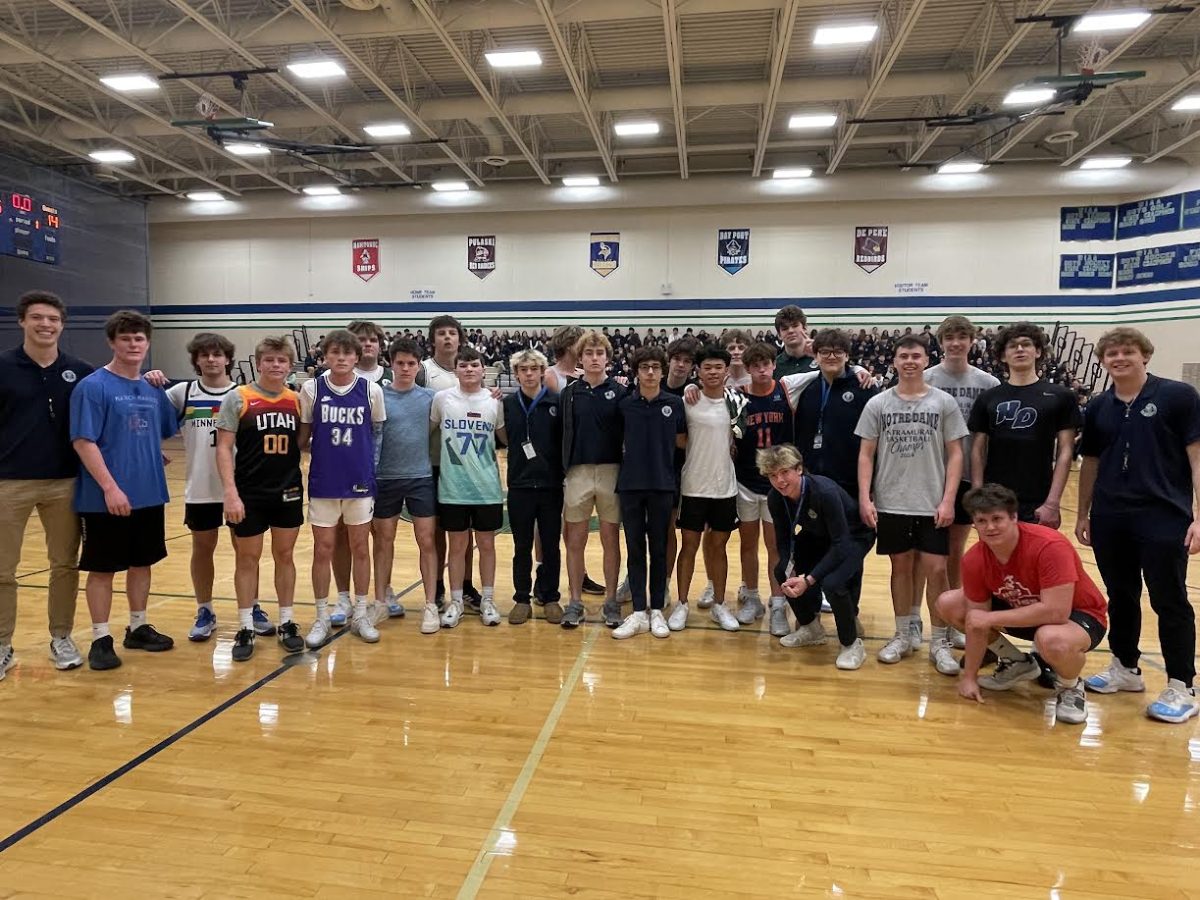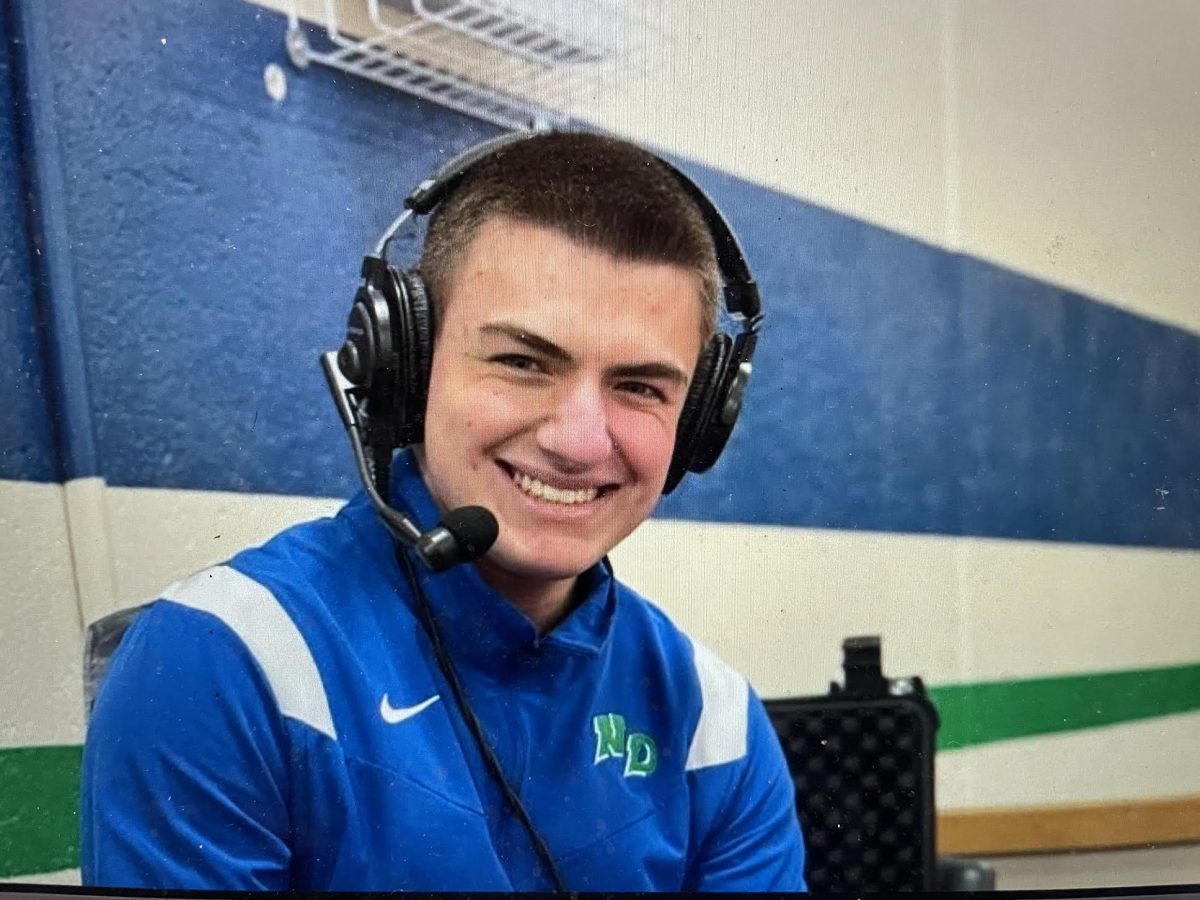Generational Gap Exists Regarding Race in America
Younger Americans View Interracial Relationships Much Differently From Their Grandparents
It was another typical day at Buffalo Wild Wings when a woman approached the greeter’s stand looking confused and concerned. She was part of a draft party that had arrived about thirty minutes earlier.
“Excuse me?” she asked Lindsay, a fellow greeter, and me.
“Yes, what can we help you with?” Lindsay replied.
“A gentleman working here was helping us with our internet connection, and we need his help again, but can’t seem to find him,” the woman said. I immediately figured the man she was talking about was one of our managers in that day, Keith or Demetrius.
We asked the woman for a description so we could locate the correct manager. What appeared to us as a simple question seemed to puzzle the woman.
“Well, umm,” she stuttered. “He was taller and bald…” This description could be applied to both Keith and Demetrius.
Lindsay then asked the obvious question to help distinguish between the two, “Was he black?”
“Yes!” the woman replied quickly, seeming relieved that someone else said it and she didn’t have to. “I was going to say that, but I didn’t know if it would sound offensive,” the woman said.
My immediate thought was, why would that be offensive? Providing someone’s ethnicity is a huge help when it comes to a description.
As Lindsey went back to the office to find Demetrius, I stood at the greeter’s stand with the woman, wondering why she would see calling someone “black” offensive. Is racism still an issue?
After the incident at Buffalo Wild Wings, I started to think more about race and the role it plays in our culture today. I thought back to a few weeks earlier when I had heard about a Cheerios commercial that had sparked some controversy. The commercial featured a family with mixed-race parents, the father being black and the mother being white. For some absurd reason, this commercial rubbed some people the wrong way simply because the family featured was of mixed race.
In an experiment, this commercial was shown to some children, who found it amusing when the daughter poured Cheerios on her father’s heart after her mother told her that Cheerios were heart-healthy. The children all loved the commercial and seemed confused when the person operating the experiment told them that some people found the commercial “wrong” and even “inappropriate.”
“Why?” was the response of most of the children.
The operator of the experiment continued by telling the children that some adults were mad that the couple was composed of a black dad and white mom.
“Why does it matter?” the younger children responded. “They love each other, so it shouldn’t matter if they’re black or white.”
Some of the younger teenagers in the experiment said things like, “This is the 21st century. We should be past this issue by now.”
One girl even started crying, stating that she felt bad for the people who were discriminated against like this.
I realized that some of the generation who lived through the Civil Rights Movement still has an issue with people of different races getting married, whereas the people I know in my generation are, for the most part, completely accepting of mixed-race marriages. Why does it matter what race people are? If they love each other, they should have the right to get married, and it shouldn’t be seen as anything abnormal.
I then thought of Barack Obama, the current president, who is the first African American president of the United States. When Obama was first elected in 2008, the major headline was that we now had the first African American to hold the office. In reality, Barack Obama is more white than he is black, so why was the fact that he was a small percentage black such a big deal?
It would seem that with the election of Obama our nation finally moved past any race issue, but then why was the woman at Buffalo Wild Wings so afraid to call Demetrius “black”? It appears that “black” still has a negative connotation.
Today’s children are surrounded by diversity. They see it on TV, in their schools, and in their neighborhoods, whereas children from the 1950s and before became accustomed to segregation. If children are around diversity, they become more accepting of it. By the next generation, I feel children will pay even less attention to race than children do now. The next generation will be around people of different races even more than children are now.
Writing this essay from the standpoint of a white teenage girl living in Wisconsin was a bit challenging. I didn’t want to be offensive, but I also wanted to discuss what others find difficult to talk about. Talking about race should not make people uncomfortable. I agree with one of the teenagers in the Cheerios experiment. This is the 21st century, and race should no longer be an issue. We need to all grow up and act like adults, or maybe in this case, children.































